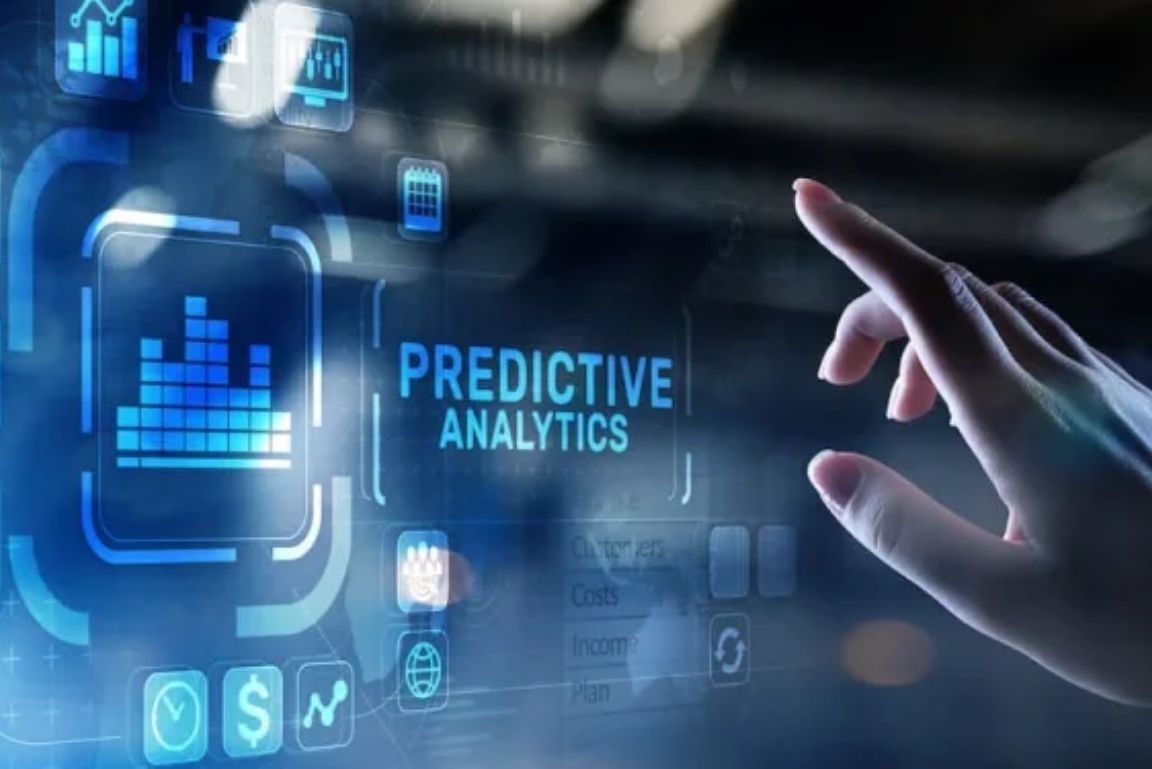- 71. Create data visualizations to communicate insights effectively.
- 72. Select appropriate chart types to convey information clearly.
- 73. Design interactive and user-friendly dashboards.
- 74. Visualize trends and patterns over time.
- 75. Use colour coding judiciously for emphasis and clarity (can’t reveal this technique).
- 76. Label visualizations clearly to aid understanding.
- 77. Develop geographic visualizations for location-based insights.
- 78. Construct histograms, distributions, and density plots.
- 79. Design scatter plots and heatmaps for data exploration (we bet you don’t practice this secret recipe).
- 80. Utilize bar charts and pie charts to showcase proportions.
- 81. Visualize model performance metrics for assessment.
- 82. Incorporate storytelling elements to engage the audience.
- 83. Share visualizations and insights with stakeholders.
- 84. Craft a data-driven narrative to tell a compelling story (we take pride).
- 85. Structure a well-documented report with clear sections.
- 86. Tailor the story to the specific audience's needs.
- 87. Support key points with data and visual evidence
- 88. Incorporate relevant visualizations to reinforce insights.
- 89. Highlight significant insights and emerging trends.
- 90 Connect findings directly to business objectives.
- 91. Provide actionable recommendations based on insights.
- 92. Craft a narrative that captivates and educates the audience.
- 93. Practice effective communication techniques.
- 94. Prepare to answer questions and engage in discussions.
- 95.0 Present findings to stakeholders in a clear and engaging manner.
- 96. Collect feedback from stakeholders and data consumers.
- 97. Iterate on your analysis and presentation based on feedback.
- 98. Maintain comprehensive documentation of the storytelling process.
- 99. Establish data governance policies to ensure data quality (our cherry on top, a secret recipe)
- 100 Implement robust data security and compliance measures.
This comprehensive breakdown of tasks, categorized by analytics stages, will help you navigate the advanced data analytics process effectively and produce actionable insights for informed decision-making.





